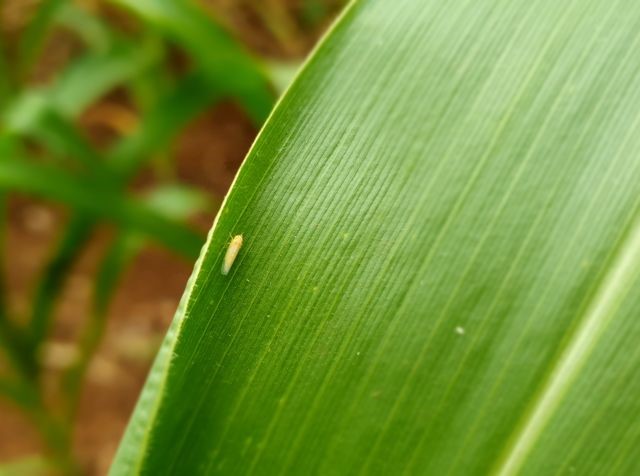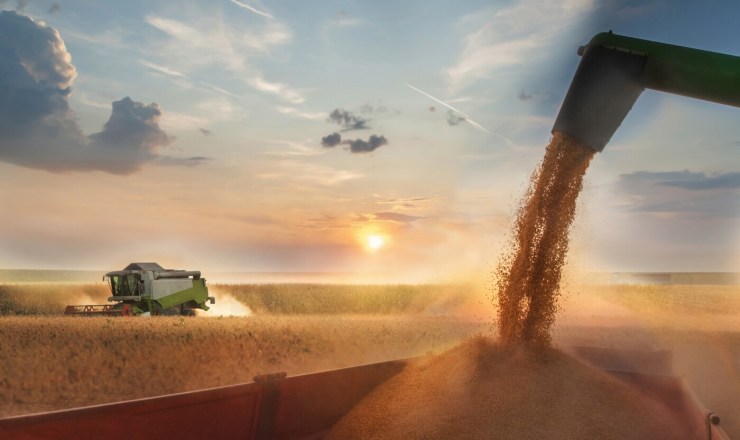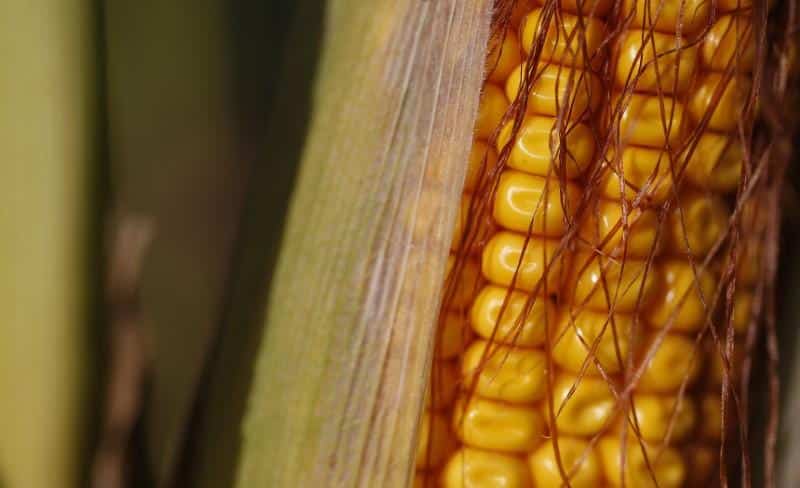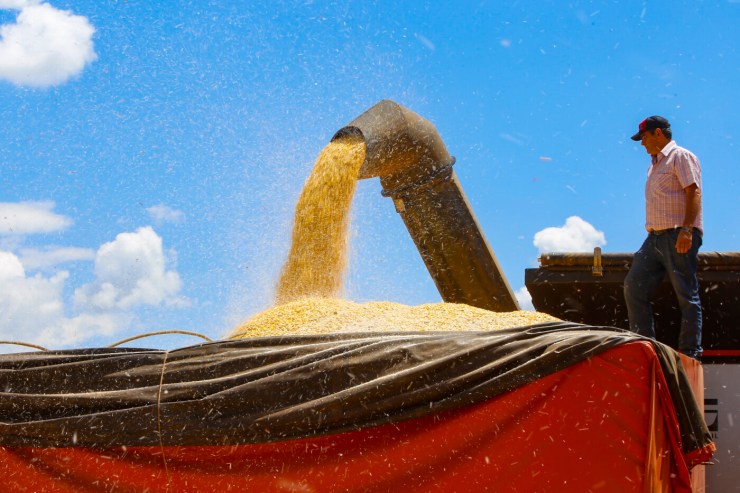The progress of the second corn harvest in Paraná is confirming the forecast for record production, now set at 17.06 million tons. If this forecast holds, it will even exceed the initial estimate of 16.8 million tons. To date, approximately 64% have been harvested from the 2.77 million hectares planted.
The first crop, which has already been fully harvested, yielded just over 3 million tons, which would raise the state's corn volume in the 2024/25 harvest to exceed 20 million tons at this time. These figures are part of the Subjective Harvest Forecast (PSS), released this Thursday (31) by the Department of Rural Economy (Deral), of the State Secretariat of Agriculture and Supply. “In a way it was a surprise because we had indications that it could be lower due to the effects of the frost at the end of June, but the numbers brought another reality, we had an increase in the production number”, said the culture analyst at the department, Edmar Gervásio.

Photos: Gilson Abreu/AEN
According to him, this is partly due to the area adjustment, albeit minimal, but the main factor is that the harvested areas, which were not as affected by the weather, had significantly higher productivity than expected. "They more than offset the losses that occurred in other regions due to the heat waves and drought in February and the subsequent frosts," Gervásio reflected.
The analyst estimates that the approximately 30% remaining to be harvested in the state, particularly in the North region, may have lower productivity, but not enough to decisively reverse the situation. "It's already possible to say, with a certain degree of certainty, that this is the largest harvest in history, both in terms of volume and cultivated area, even with the prospect that the remaining crops in the North region will have lower-than-expected productivity," he said.
The Brazilian corn harvest is also expected to be a record, with 132 million tons estimated by Conab (the National Supply Company). "For the economy as a whole, the low price is beneficial because it still pays producers. This will likely impact protein, with possible price reductions or the same, as production costs are expected to be lower," Gervásio added. "All supply chains that depend on corn will be supplied."
Bean
The Paraná bean harvest has been completed since mid-July, with 862,000 tons. "There was a slight adjustment in area since the last report, from 328,200 hectares to 327,600 hectares, which also reduced production by 3,000 tons, but the state still maintained its record production," said agronomist Carlos Hugo Godinho.
Coffee

According to Godinho, the coffee harvest is progressing well, with over 80% of the 25,400-hectare area already released. "The dry days helped both harvest faster and dry the coffee on the terraces. Productivity is very close to the upper limit we expected," he emphasized. Currently, 1,752 kilograms per hectare are harvested.
Paraná's coffee production isn't as significant compared to the domestic market, estimated at 44,500 tons. "But we have significant production of instant coffee, and it's concerning that this coffee isn't exempt from the additional tariffs imposed by the United States," he said. "But the market must address this because the United States has few alternatives to Brazilian coffee."
Wheat
The July Subjective Crop Forecast indicates a planted area of 833,000 hectares, with an expected production of 2.61 million tons. This volume represents a slight adjustment compared to the 2.68 million tons forecast in June. "The frosts caused this impact, which is still relatively limited due to the difficulty in measuring the effects on the crops," stated Godinho.
According to him, in the North region, which experiences the greatest problems, an estimated 84,000 tons will be lost compared to a potential 880,000. Other regions were also affected, especially crops planted outside the zoning zone. "The numbers may still vary significantly, given the uncertainty regarding the extent of the damage to the plants," he noted.
Other winter crops

Photo: Gilson Abreu/AEN
Among the winter crops in the field, barley was not impacted by the frost. On the contrary, there was a revision of the area, which now extends to 98,900 hectares, which could increase production to 431,700 tons. Even so, the state will need to import the product. "The industrial park for processing malt has grown at a faster pace than the crops," stated Godinho.
Oat crops suffered losses due to frost, but due to the nature of the crop in Paraná, where only a portion of what is planted is typically harvested, the impact should be minimal. Some regions may experience losses, which are offset in other locations. The estimated harvest is just over 245,000 tons of both black and white oats.
Vegetables
The 2024/25 second potato harvest is estimated at 315,600 tons. So far, 90% of produce has been harvested from the 10,600-hectare area, with harvesting expected to be completed in the coming days. The first-season tomato crop is practically completely harvested, with an estimated 174,200 tons. For the second season, 2% remains to be planted from the 1,700-hectare area. The harvest reached 88%, with a forecast yield of 92,600 tons.
The 2025/26 onion harvest is estimated at 108,000 tons, 16.3% lower than the previous harvest of 126.1 thousand tons. As of the beginning of this week, 85.3% of the estimated 2.8 thousand hectares had been planted. The crops are in good condition at 91%, with the remainder in average condition.
Bulletin
Deral released this Thursday the Agricultural Situation Bulletin covering the period from July 25th to 31st. In addition to providing in-depth analysis of some of Paraná's harvest products, the document provides information on the state's livestock industry. In the pig industry, it shows an increase in prices paid to producers and a small margin over costs, although lower than in the second half of the previous year.

Photo: Shutterstock
Layer poultry farming performed well, with rising prices and improved purchasing power compared to corn and soybean meal. The egg sector saw significant growth in Brazilian exports. Between January and June, exports totaled 33,464 tons, compared to 22,925 tons in the same period in 2024.
Chicken meat exports declined nationwide due to avian flu embargoes in Rio Grande do Sul, but Paraná maintained its leadership in the sector, with 1.083 million tons in the first half of the year. Beef leather exports declined in the state, reaching 54,200 tons compared to 58,800 in the first half of 2024.
2025/26 Harvest
Deral will release the first estimate for the 2025/26 harvest on August 28.




